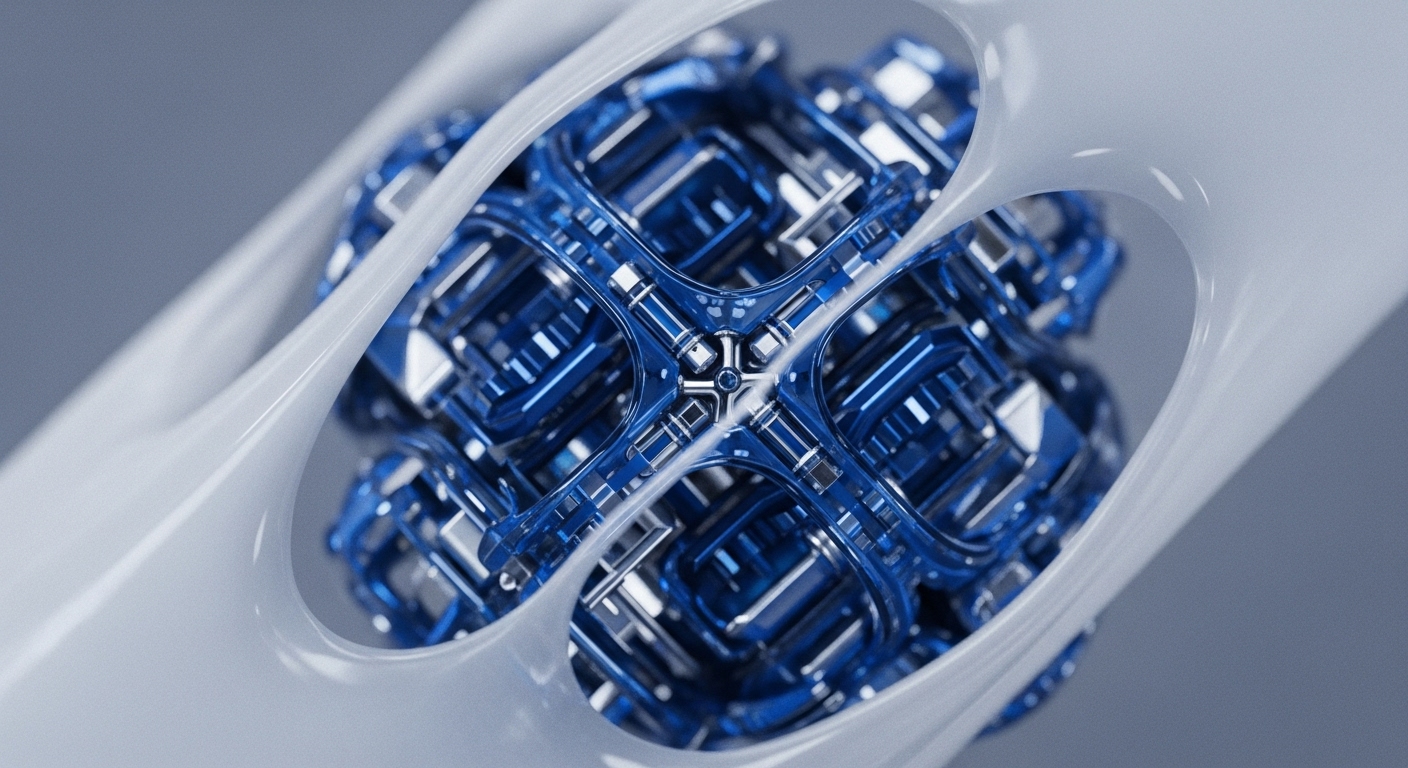
Briefing
Arbitrum has launched “Season One” of its DeFi Renaissance Incentive Program (DRIP), a strategic shift in Layer 2 capital deployment designed to cultivate high-quality, sustainable liquidity across its ecosystem. This program moves beyond the prior model of broad, untargeted token distribution, instead focusing incentives on specific, capital-efficient user strategies like leveraged looping of yield-bearing assets and stablecoins. The immediate consequence is a systemic alteration of user behavior, rewarding complex, composable DeFi activity over simple staking. This initiative front-loads the entire strategic picture by measuring success through efficiency metrics, not merely raw Total Value Locked (TVL), with the entire program allocating 80 million ARB tokens, valued at over $40 million, to achieve this goal.

Context
The dApp landscape has long been plagued by the “mercenary capital” problem, where protocols utilized large, untargeted token emissions to attract high TVL that was non-sticky and immediately withdrawn once rewards diminished. This prevailing product gap resulted in protocols paying a high cost for transient liquidity, leading to unstable market depth and a poor signal-to-noise ratio for true user adoption. The user friction was centered on the lack of a clear, strategic incentive layer from the underlying L2, forcing individual protocols to compete in a zero-sum game of unsustainable yield farming. Arbitrum’s ecosystem, while large, required a mechanism to convert this raw TVL into a more defensible, strategy-aligned liquidity base.

Analysis
The DRIP initiative fundamentally alters the application layer’s incentive system by shifting the reward mechanism from a simple deposit to a complex, multi-protocol strategy execution. The program specifically targets leveraged looping strategies on key assets like Liquid Staking Derivatives (LSDs) and stablecoins across protocols such as Aave, Morpho, and Dolomite. This chain of cause and effect is critical ∞ by rewarding composability, Arbitrum forces protocols to integrate more deeply, creating a unified liquidity layer for high-demand collateral types. This increases capital efficiency for the end-user, who can now earn ARB rewards on top of native protocol yield.
For competing protocols, the program establishes a new competitive moat based on strategic alignment with the L2’s goals, making it harder for new entrants to gain traction without a high-efficiency product offering. The adoption of metrics like “TVL per dollar spent” is the core innovation, defining a new, analytically rigorous standard for ecosystem growth that prioritizes retention over initial surge.

Parameters
- Total Incentive Pool ∞ 80 million ARB tokens ∞ The full allocation for the multi-season DeFi Renaissance Incentive Program.
- Season One Focus ∞ Leveraged Looping Strategies ∞ The specific, capital-efficient user behavior being incentivized.
- Targeted Protocols ∞ Aave, Morpho, Fluid, Euler, Dolomite, Silo ∞ The initial set of lending and borrowing protocols receiving directed incentives.
- Ecosystem TVL ∞ $3.5 billion ∞ Arbitrum’s DeFi Total Value Locked prior to the incentive program launch.

Outlook
The DRIP model is highly likely to be forked by competing Layer 2 ecosystems, establishing a new primitive for strategic capital allocation. The next phase of the product roadmap involves subsequent seasons targeting different DeFi verticals, such as perpetual exchanges or Real-World Asset (RWA) tokenization, using the efficiency data from Season One as a feedback loop. This targeted incentive structure could become a foundational building block, enabling other dApps to build on a more stable, deeply liquid base. The long-term success hinges on the retention of this incentivized TVL after the ARB rewards conclude, which will validate the program’s core hypothesis that targeted incentives can cultivate a durable, non-mercenary user base.
